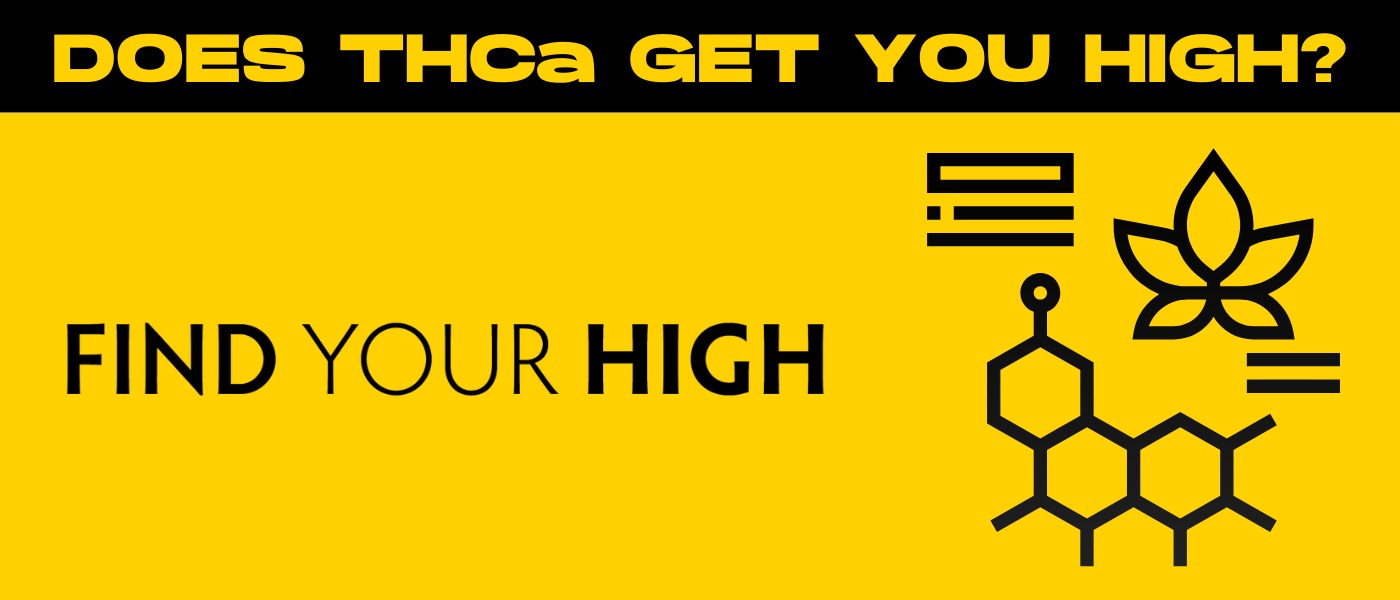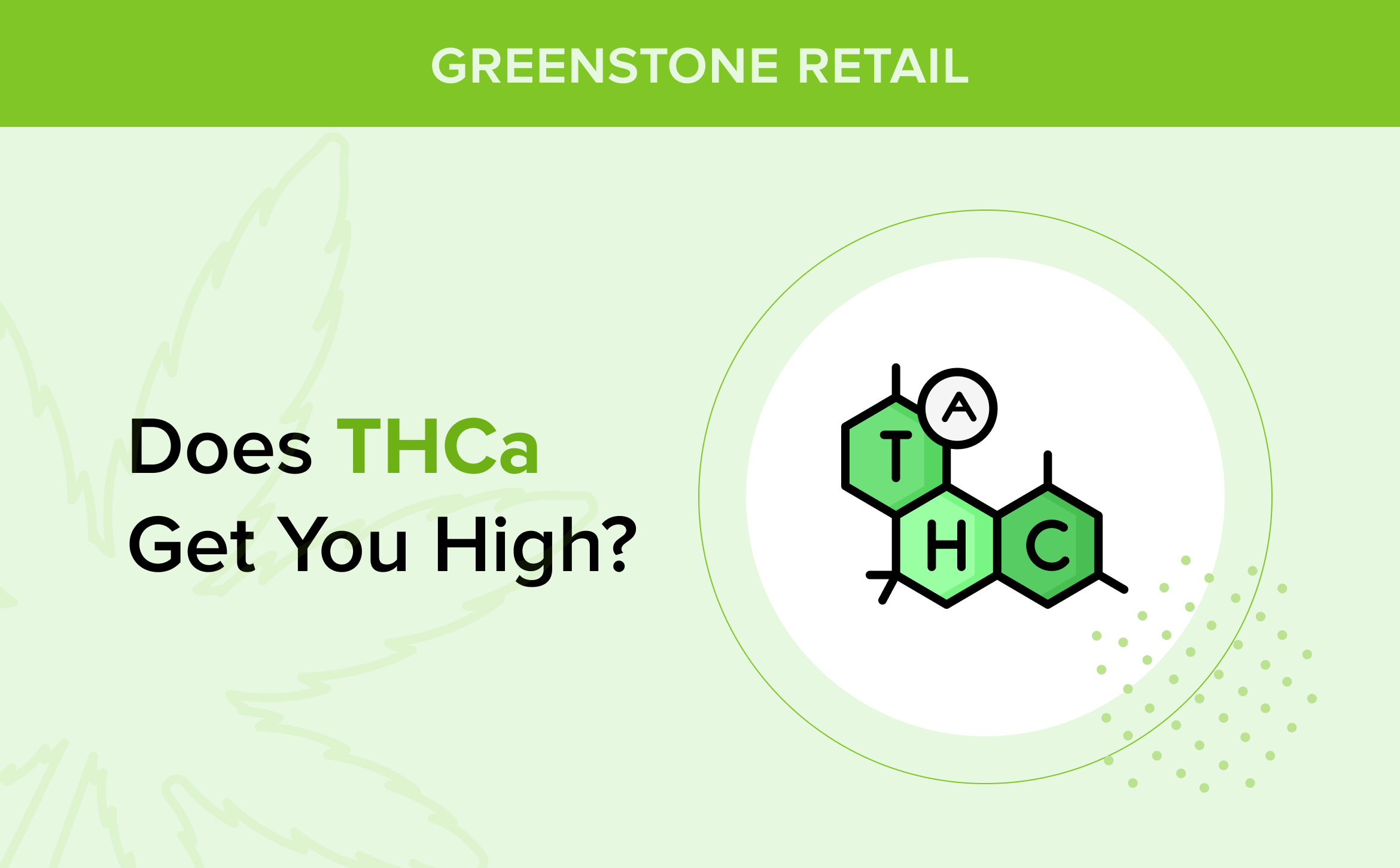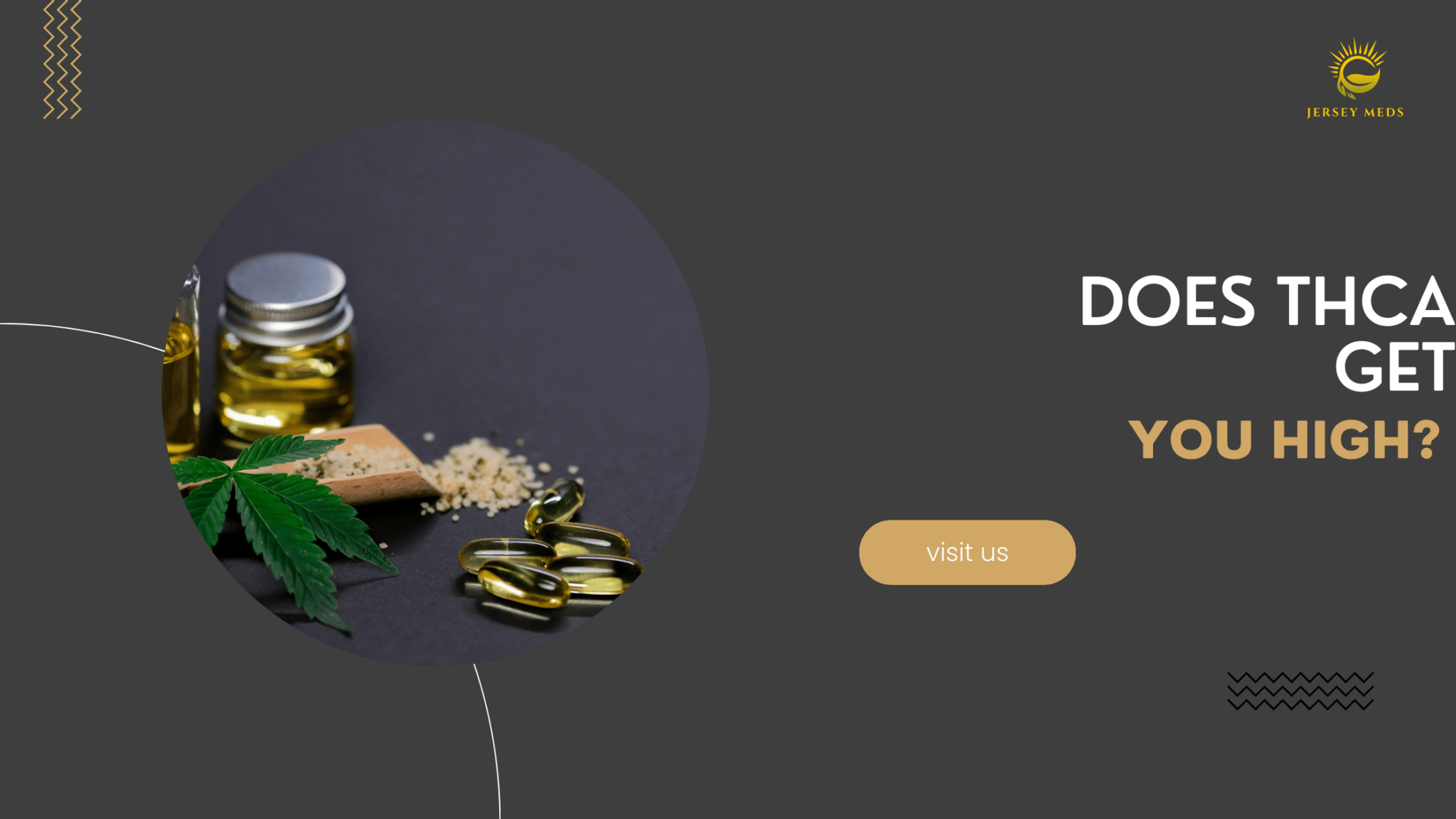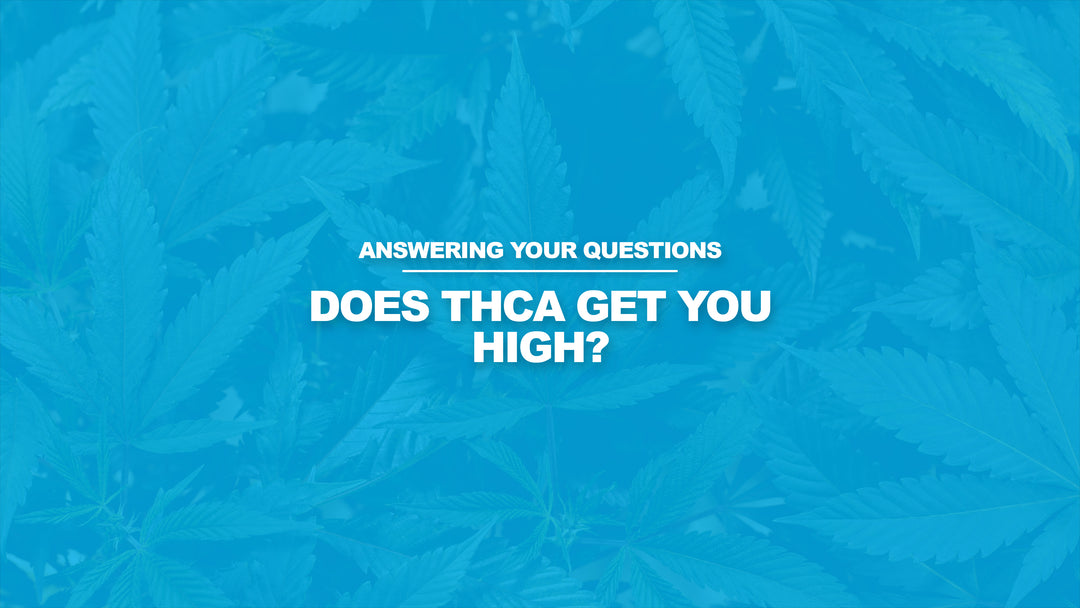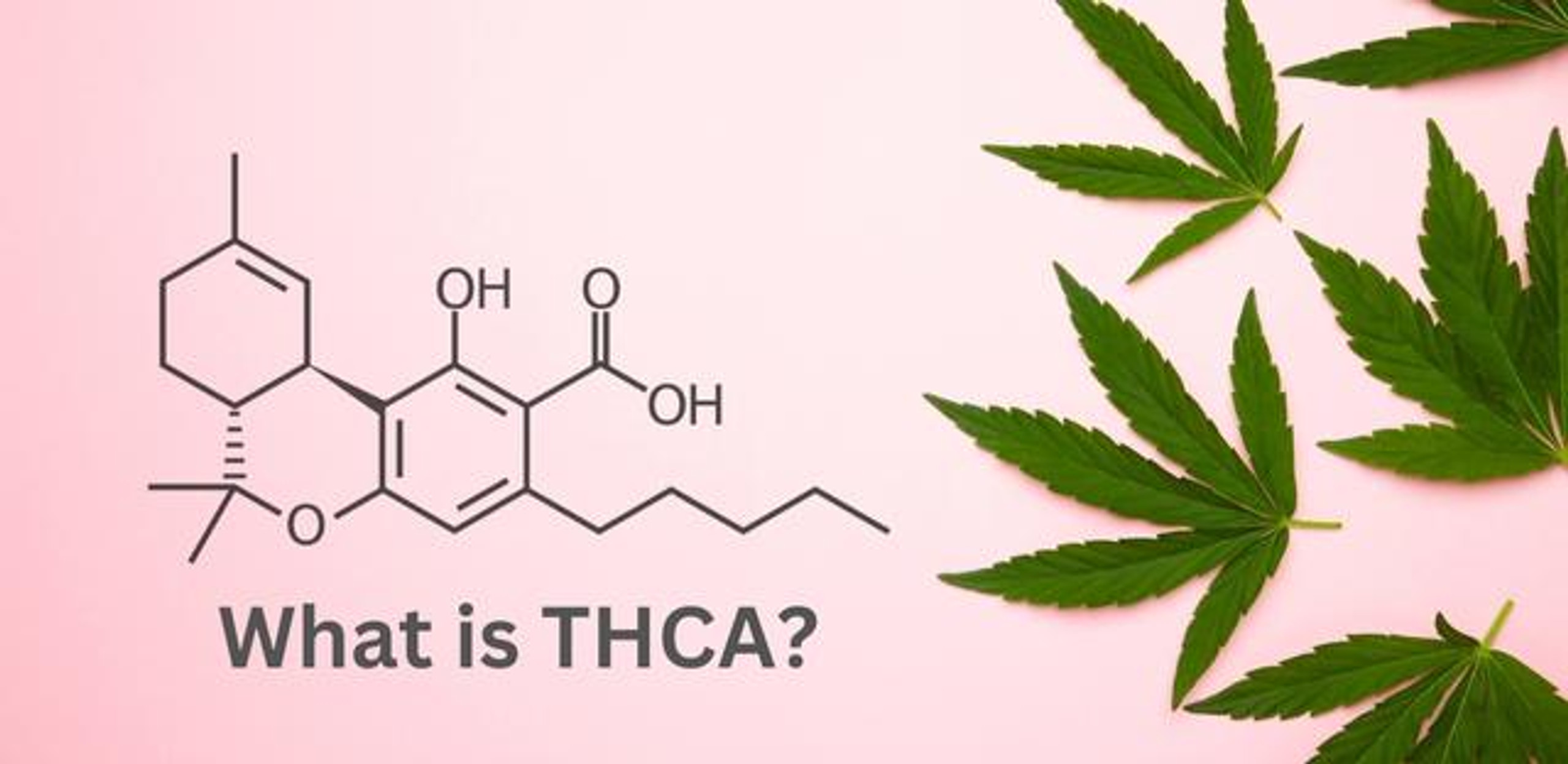How Does Thca Get You High

Imagine strolling through a sun-drenched cannabis field, the air thick with the scent of terpenes, the plants glistening with a frosty coating. You reach out and gently touch a bud, feeling its resinous texture. What you're primarily touching isn't THC, the compound famously known for its psychoactive effects, but rather its precursor, THCA. But how does this seemingly inert compound transform into the substance that delivers the characteristic “high”?
This article will explore the fascinating journey of THCA (tetrahydrocannabinolic acid), delving into the science behind its transformation into THC and ultimately, its impact on the user. Understanding this process illuminates the complexities of cannabis and its effects on the human body.
The Chemistry of Cannabis: Beyond THC
For many years, discussions surrounding cannabis revolved almost exclusively around THC (tetrahydrocannabinol). However, the plant's chemical composition is far more complex.
Cannabis produces a wide array of compounds, including cannabinoids like CBD (cannabidiol), CBG (cannabigerol), and, of course, THCA.
THCA is an acidic precursor to THC, meaning it’s the form in which THC exists within the fresh, raw cannabis plant.
Understanding THCA: The Non-Psychoactive Precursor
In its natural state within the plant, THCA is non-psychoactive. This means consuming raw cannabis, like adding it to a smoothie, won't produce the intoxicating effects associated with smoking or vaping.
The key to unlocking THC's psychoactivity lies in a process called decarboxylation.
Decarboxylation involves removing a carboxyl group (COOH) from the THCA molecule, transforming it into THC.
Decarboxylation: Unlocking the Psychoactive Potential
Decarboxylation is primarily achieved through heat. When cannabis is smoked, vaped, or baked, the heat converts THCA into THC.
This process is crucial for experiencing the intoxicating effects of cannabis.
Without decarboxylation, THCA largely remains as THCA, unable to bind effectively to the CB1 receptors in the brain that are responsible for the psychoactive effects.
The Science Behind the Transformation
The decarboxylation process is a simple yet elegant chemical reaction. Applying heat breaks the bond holding the carboxyl group to the THCA molecule, releasing carbon dioxide (CO2) and leaving behind THC.
The temperature and duration of heat exposure are critical factors in achieving optimal decarboxylation.
Too little heat, and the conversion will be incomplete; too much heat, and you risk degrading the THC and other valuable cannabinoids and terpenes.
“Decarboxylation is the key to unlocking the therapeutic and psychoactive potential of cannabis. Understanding this process is crucial for both consumers and researchers.” – Dr. Ethan Russo, a renowned cannabis researcher.
How THC Interacts with the Body
Once THCA has been converted to THC, it can then interact with the body's endocannabinoid system (ECS). The ECS is a complex network of receptors, enzymes, and endocannabinoids that plays a crucial role in regulating various physiological processes, including mood, appetite, sleep, and pain sensation.
THC primarily binds to CB1 receptors, which are predominantly found in the brain and central nervous system.
This binding triggers a cascade of neurochemical events that ultimately lead to the characteristic psychoactive effects of cannabis.
The Role of the Endocannabinoid System
The ECS is a vital regulatory system within the body, helping to maintain homeostasis. Endocannabinoids, naturally produced by the body, bind to CB1 and CB2 receptors to modulate various functions.
THC, being structurally similar to endocannabinoids, can mimic their actions, leading to amplified or altered effects.
This interaction with the ECS explains why cannabis can have such a diverse range of effects, depending on the individual, the strain, and the dosage.
Exploring THCA's Potential Benefits (Without Decarboxylation)
While THCA doesn't produce the same psychoactive effects as THC, research suggests it may possess its own therapeutic benefits. Some studies indicate that THCA may have anti-inflammatory, neuroprotective, and anti-emetic properties.
However, it's important to note that research on THCA is still in its early stages.
More studies are needed to fully understand its potential benefits and mechanisms of action.
Methods of Consuming THCA
Since THCA is non-psychoactive, consuming it in its raw form is the primary method for those seeking its potential benefits without the “high.”
This can involve adding raw cannabis leaves or buds to smoothies, juices, or salads.
Another method is juicing raw cannabis, which allows for a higher concentration of THCA consumption.
The Future of Cannabis Research and THCA
As cannabis research continues to advance, we are gaining a deeper understanding of the plant's complex chemistry and its potential therapeutic applications.
THCA is emerging as a promising compound with its own unique properties and potential benefits.
Future research will likely focus on further exploring its therapeutic potential and developing targeted therapies.
Ultimately, the journey of THCA from a non-psychoactive precursor to the active compound THC, showcases the intricate relationship between chemistry and the human body. It highlights the need for continued research and a nuanced understanding of the plant to fully harness its potential benefits and applications.
